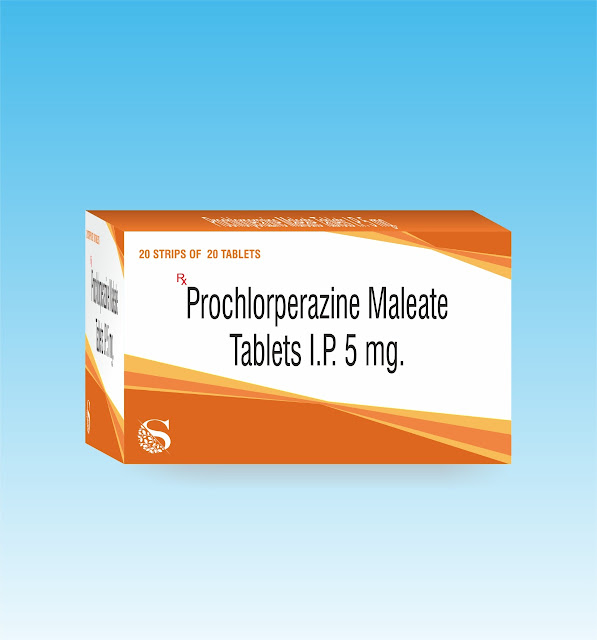INTRODUCTION: Network sampling, sometimes referred to as snowball or chain sampling, holds promise for locating samples difficult or impossible to obtain in other ways or that had not been previously identified for study. Network sampling takes advantage of social networks and the fact that friends tend to have characteristics in common. When you have found a few participants with the necessary criteria, you can ask for their assistance in getting in touch with others with similar characteristics.
INITIATION OF THE PROCESS: The first few participants are often obtained through convenience or purposive sampling methods, and the sample size is expanded using network or snowball sampling. This sampling method is rarely used in quantitative studies, but it is commonly used in qualitative studies. In qualitative research, network sampling is an effective strategy for identifying participants who know other potential participants who can provide the greatest insight and essential information about an experience or event that is identified for study.
SUITABILITY OF THE METHOD: This strategy is also particularly useful for finding participants in socially devalued populations, such as alcoholics, child abusers, sex offenders, drug addicts, and criminals. These individuals are seldom willing to identify themselves as fitting these categories. Other groups, such as widows, grieving siblings, or individuals successful at lifestyle changes, can be located using this strategy. These individuals are outside the existing healthcare system and are difficult to find.
LIMITATIONS OF THE METHOD: Biases are built into the sampling process because the participants are not independent of one another. However, the participants selected have the expertise to provide the essential information needed to address the study purpose.
RELATED;




























